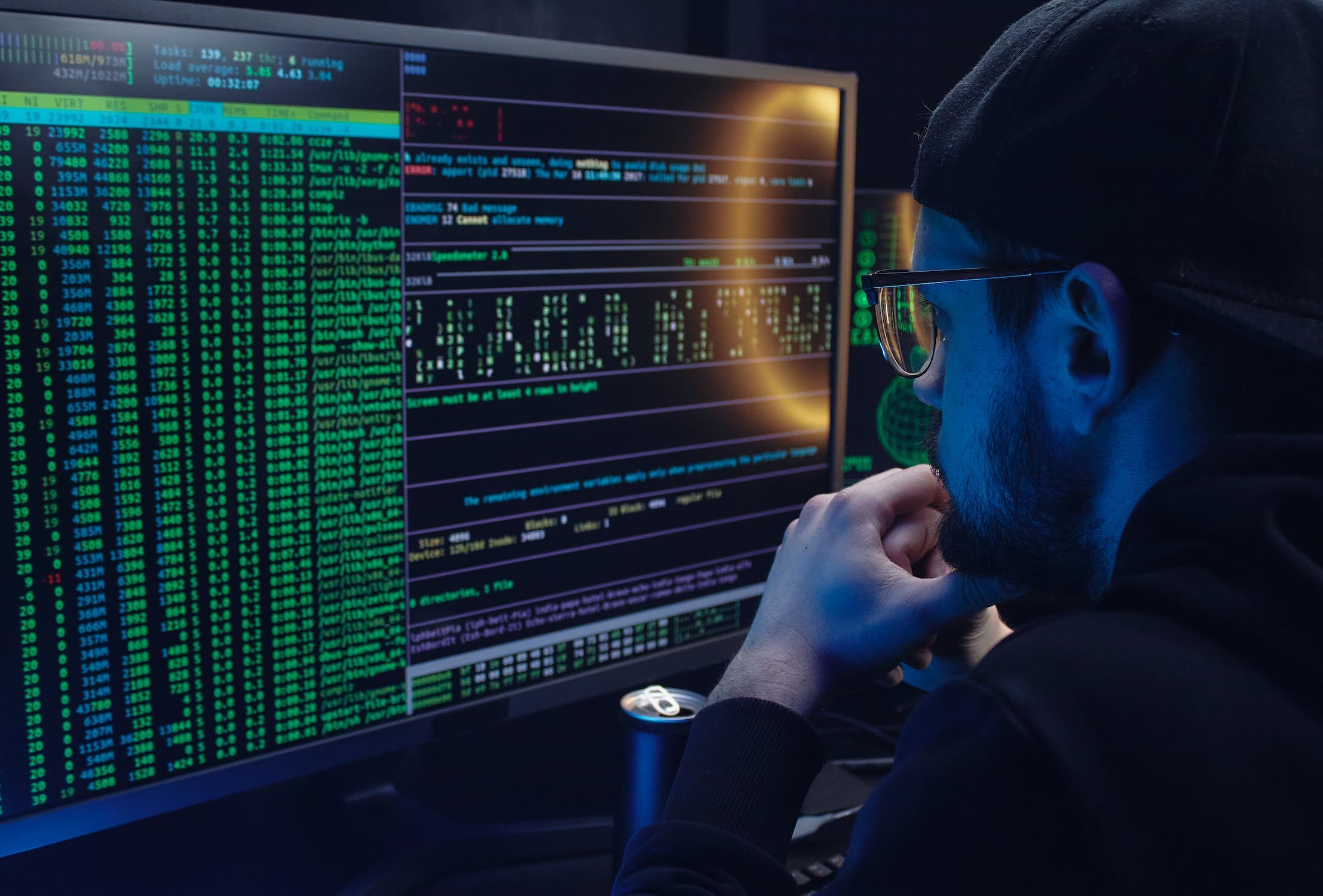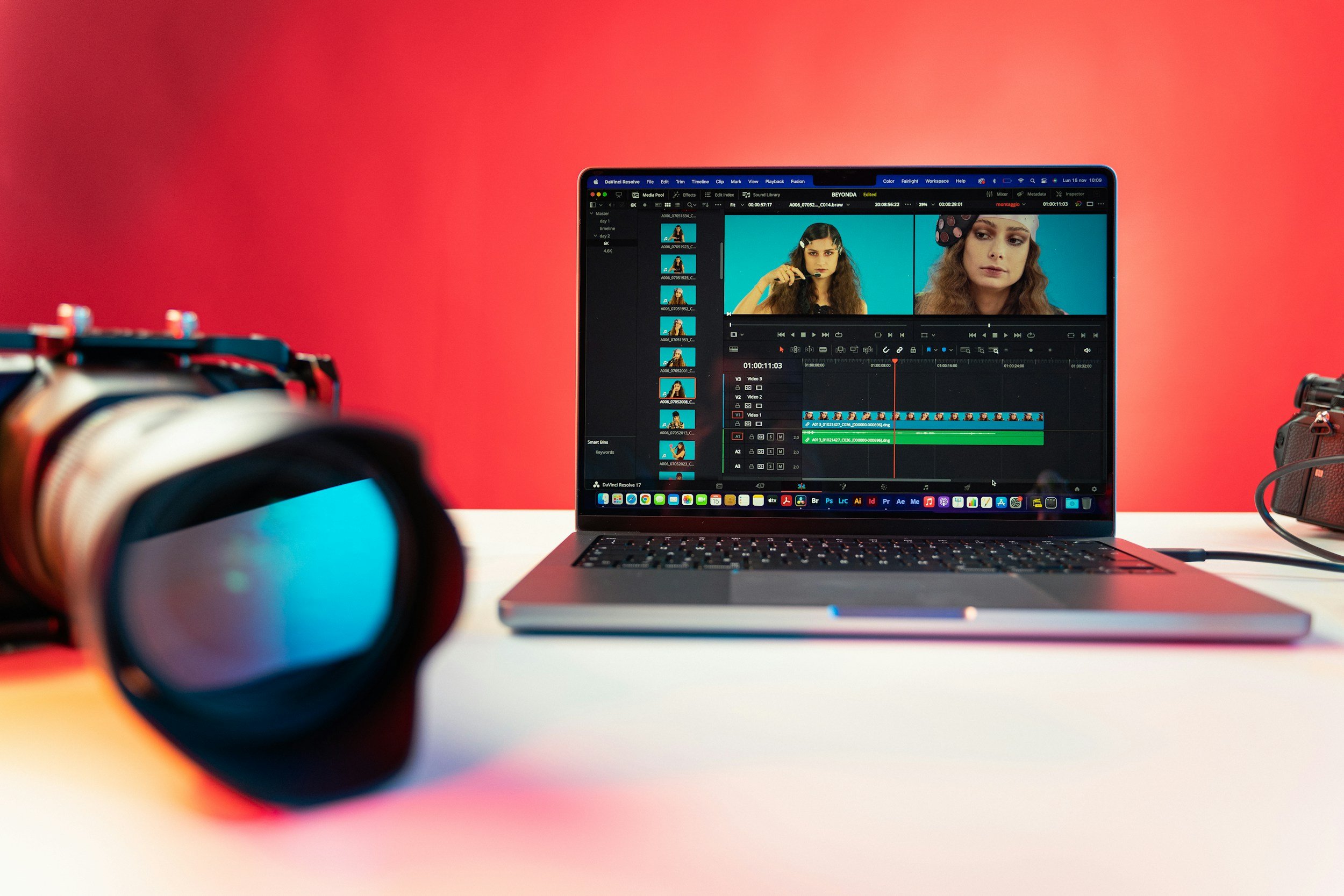Face swap refers to the process of digitally exchanging the faces of two or more people within an image or video. This face swap AI technology utilizes computer vision and machine learning algorithms to accurately identify and manipulate facial features, allowing for a seamless and often comical exchange of identities. The resulting images or videos can range from amusing and entertaining to uncanny and surreal, depending on the quality of the face swap and the context in which it is used.
The primary purpose of face swap technology is entertainment. It has gained widespread popularity through various social media platforms, where users can easily create and share face swap images on video face changer. Additionally, face swap filters and applications are integrated into popular messaging and social media apps, enabling users to apply real-time face swaps during video calls or live streams.
Beyond entertainment, face swap technology has also found applications in the film and television industry. It allows for the seamless integration of actors' faces onto stunt performers or body doubles, creating a more convincing visual effect without the need for extensive makeup or prosthetics. This technology has been particularly valuable in scenes involving risky stunts or dangerous situations where it may be impractical or unsafe for the lead actor to perform.
In the realm of digital art and visual effects, face swap technology has opened up new creative possibilities. Artists and designers can use face swap techniques to explore concepts of identity, transformation, and surrealism in their work. By manipulating facial features and swapping identities, they can create thought-provoking and visually striking pieces that challenge perceptions of beauty, individuality, and reality.
Moreover, face swap technology has practical applications in the fields of virtual reality (VR) and augmented reality (AR). It enables realistic avatars and digital characters to mimic the facial expressions and movements of users in real time, enhancing the immersive experience in VR games, simulations, and virtual meetings. In AR applications, face swap technology can overlay digital masks or enhancements onto users' faces, adding an element of fun and interactivity to AR experiences.
Despite its entertainment value and creative potential, face swap technology also raises important ethical considerations. The ease of creating convincing face swaps has led to concerns regarding privacy, identity theft, and the potential for misuse. There have been instances of face swap technology being used to create deceptive or misleading content, such as fake news or malicious impersonations. As a result, there is a growing need for responsible usage guidelines, digital authenticity verification tools, and legal frameworks to address these ethical challenges.
In conclusion
face swap technology has evolved from a lighthearted social media trend to a versatile tool with applications across entertainment, film production, art, and immersive technologies. Its ability to seamlessly exchange facial identities has sparked creativity, enabled new forms of expression, and enhanced digital experiences. However, as with any powerful technological advancement, it is essential to approach face swap technology with ethical awareness and responsible usage practices to mitigate potential risks and safeguard digital authenticity.




















